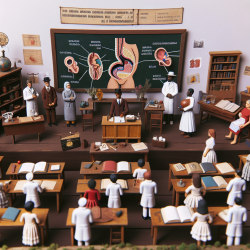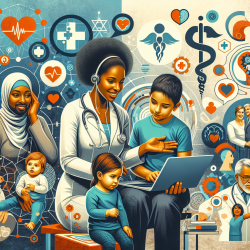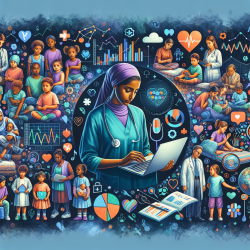Understanding Mobile Assessments
Mobile assessments leverage the ubiquity of smartphones and wearable devices to monitor mental health actively and passively. These tools include Ecological Momentary Assessments (EMAs) and digital phenotyping, which capture real-time data on individuals' behaviors, emotions, and physiological states.Key Findings from the Review
The review by Leung et al. (2023) synthesized data from 30 systematic and narrative reviews. Here are some of the key takeaways:- Diverse Applications: Mobile assessments have been used to monitor a range of mental health conditions, including depression, anxiety, bipolar disorder, and general well-being.
- Real-Time Data Collection: EMAs allow for the real-time collection of self-reported data, reducing recall bias and providing a more accurate picture of an individual's mental state.
- Passive Data Collection: Digital phenotyping uses sensors in smartphones and wearables to gather data passively, such as movement, location, and social interactions, offering a less intrusive way to monitor mental health.
- Enhanced Predictability: Combining EMAs and passive data collection improves the predictability of mental health symptoms and can help in early intervention.
- Integration with Traditional Therapies: These tools can complement traditional therapeutic approaches, providing a more comprehensive view of a patient's mental health.
Implementing Mobile Assessments in Practice
To effectively incorporate mobile assessments into your practice, consider the following steps:- Start Small: Begin by integrating EMAs into your existing assessment protocols. Use simple, validated questionnaires that patients can complete on their smartphones.
- Educate Patients: Explain the benefits of mobile assessments to your patients, emphasizing how real-time data collection can lead to more personalized and effective care.
- Leverage Technology: Utilize existing apps and platforms that are designed for mental health monitoring. Ensure that these tools are evidence-based and have undergone rigorous testing.
- Monitor and Adjust: Continuously monitor the data collected through mobile assessments and adjust your therapeutic interventions accordingly. Use the data to identify patterns and triggers that may not be apparent through traditional assessments.
- Collaborate with Technologists: Work with developers and technologists to customize mobile assessment tools to meet the specific needs of your practice and patient population.
Encouraging Further Research
While the review by Leung et al. (2023) highlights the potential of mobile assessments, it also points out the need for further research. Practitioners are encouraged to participate in research studies and contribute to the growing body of evidence supporting these tools. Collaboration with academic institutions and research organizations can provide valuable insights and help refine these technologies.Conclusion
Mobile assessments represent a promising avenue for enhancing mental health care for youth. By incorporating these tools into your practice, you can provide more accurate, personalized, and timely interventions. To stay ahead in this evolving field, continue to educate yourself and your team, leverage technology, and participate in ongoing research.To read the original research paper, please follow this link: The Use of Mobile Assessments for Monitoring Mental Health in Youth: Umbrella Review.










